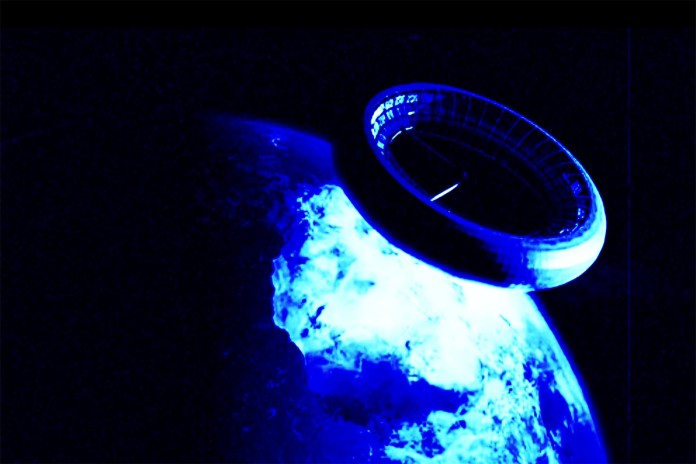
Remember that trippy, rotating space station from the end of Interstellar? No? Well, watch the movie again, because it’s fascinating. Once you’ve done that, come back to this article because you’ll understand the context. With the help of NASA, a startup may very well be making a space station in geostationary orbit.
THE FACTS BEHIND AN INTERSTELLAR SPACE STATION
Michael Haller has a dream. He wants to make a space station in a geostationary orbit. It doesn’t seem too far off from the one in Interstellar. It’s quite amazing that it could someday be a reality, but how will it all work? According to Haller, gravity will be created by rotation. Not as much as we’re used to on earth, but enough to walk around comfortably and perhaps enough to play baseball like in Interstellar. Humans won’t be able to live solely on space food, so farming will need to happen. For this, sunlight will be reflected by mirrors in order for farms to exists. The geostationary orbit will allow a normal day-night cycle to occur. Apparently, 35,000 inhabitants will live in this Interstellar world and the station will be powered by hydrogen. It’s a grand idea, but funding is always an issue. NASA’s got a plan for that.
GOOD GUY NASA HELPS OUT THE LITTLE MAN
If you want millions of dollars, get a place in line at NASA’s headquarters. There is a catch, though, you have to own some type of relevant business plan. NASA has awarded a total of $243 million in contracts to institutions and small business. The agency is doing so to help certainly innovated ideas get off the ground. Seeing as the Interstellar space station seems to fit that category, maybe it will get the attention of NASA. If so, it will have to go through two phases. Winning proposals in the Small Business category will get six months of funding amounting to $125,000 during phase 1. If they survive that round, they can move on to phase 2 with a bigger stipend of $750,000. Where’d all those other millions of dollars go you ask? Well, the USRA in Maryland gets the bulk due to their research and testing assistance for the agency. That being said, hopefully, the fruits of many small businesses will see some productive growth.

















